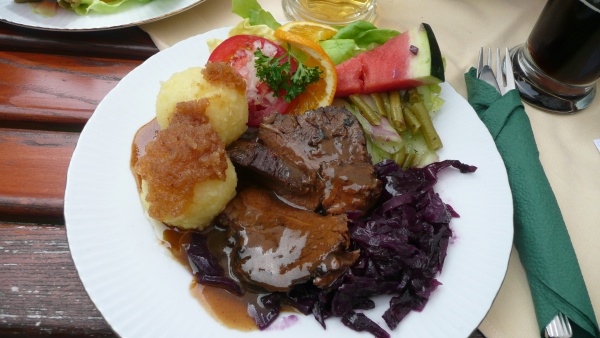Facts About German cuisine
German cuisine is a delightful tapestry of flavors, showcasing a blend of regional and traditional dishes influenced by neighboring countries such as Poland, the Czech Republic, Austria, and Switzerland. With a rich culinary heritage, Germany offers an extensive array of dishes that cater to diverse palates.
Meat is a cornerstone of German cuisine, particularly pork, poultry, and beef. Germany is renowned for its long-standing tradition of sausage-making, offering over 1,500 varieties to choose from. Fish, vegetables, bread, and popular beverages like beer, wine, and coffee also play significant roles in the German diet.
A typical German day starts with a hearty breakfast, followed by a substantial lunch, and culminates in a lighter dinner. Side dishes such as noodles, potatoes, dumplings, and salads often accompany the main courses. German dishes are generally mild in terms of spices, though herbs like parsley, thyme, and caraway are commonly used to enhance flavors. Desserts are a highlight, featuring a variety of cakes, tarts, pastries, and traditional treats like doughnuts and fruit puddings.
Each region in Germany boasts its own culinary specialties. For instance, Bavarian cuisine is famous for its hearty dishes and the traditional Brotzeit snack. Other regions such as Hamburg, Hessen, Palatinate, Thuringia, and Saxony also offer unique local delicacies. Over time, international influences have permeated German cuisine, with Italian, Turkish, Asian, and other global foods becoming increasingly popular.

 Poland
Poland